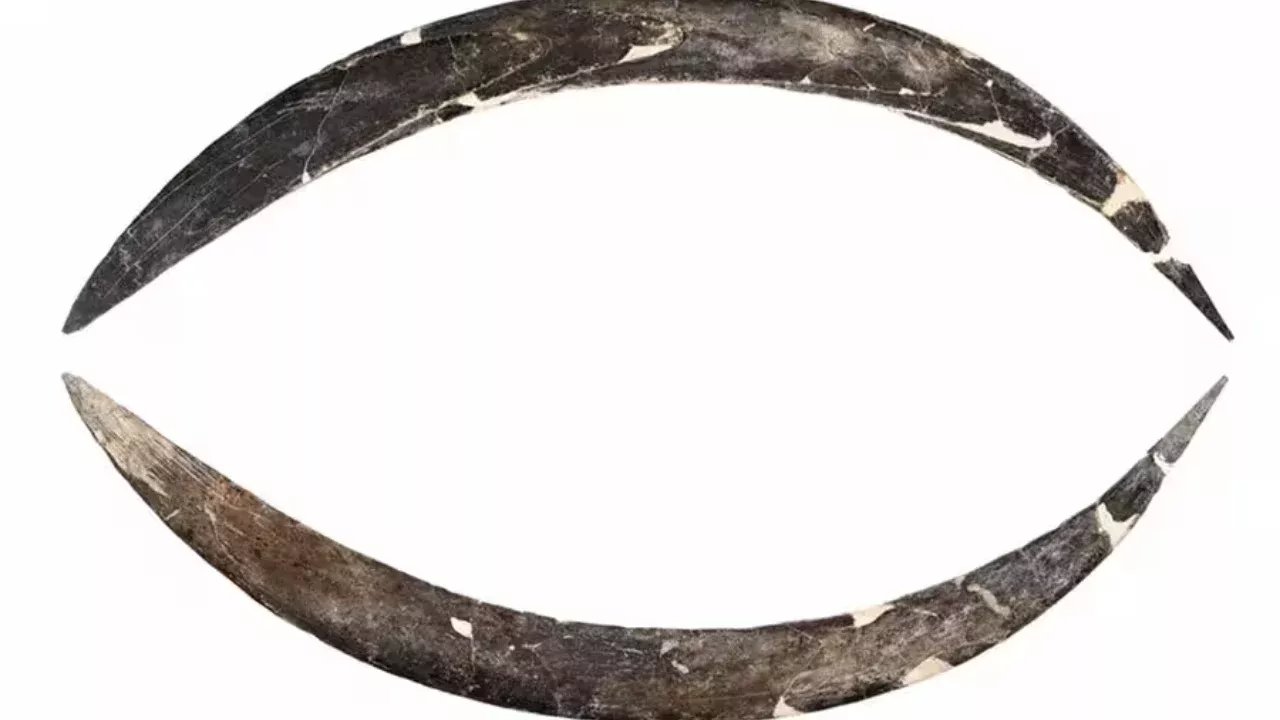
Archaeologists have discovered a 40,000-year-old boomerang in the Oblazowa cave in Poland, which is recognized not only in Europe but also as the oldest throwing weapon in the entire history of humanity, according to plosone.org. This discovery was made by an international team of scientists from Italy, Switzerland, Poland, and other countries.
Although this boomerang was found back in 1985, recent technologies have determined its actual age to be between 42,300 and 39,300 years. Crafted skillfully from mammoth tusk and measuring 72 centimeters in length, this item indicates that people of that era had remarkably advanced technological knowledge and abilities.
According to archaeologists, the boomerang is extremely well-preserved, and the notches on it suggest that the item was specially prepared for right-handed throwing. Nevertheless, its aerodynamics may indicate that it was primarily intended for hunting or possibly for cultural and ceremonial purposes.

This ancient weapon, found alongside human bones, fox teeth jewelry, and various stone tools, provides a deeper insight into the life and lifestyle of Homo sapiens during that time. As noted by Sara Talamo from the University of Bologna, the shape and craftsmanship of the boomerang demonstrate that people of that era had remarkably advanced calculation abilities.
Researchers believe that this find further proves that Paleolithic humans — the early Homo sapiens — differed significantly from Neanderthals in technology and behavior. They had developed great experience in processing mammoth tusks, aerodynamic calculations, and preparing hunting weapons.
Interestingly, the oldest known boomerangs prior to this discovery were found in Australia and were dated to be around 20,000 years old. The find in Poland is nearly twice as ancient. This indicates that throwing weapons were invented independently in various places around the world.
In short, the 40,000-year-old boomerang found in the Oblazowa cave opens a new chapter in human history. This item not only serves as a hunting weapon but also reflects the level of thinking, calculation, and technological development of people at that time. Now, a new question for science arises: in which other regions might similar ancient weapons be found? This discovery will undoubtedly serve as a new source of inspiration for historians and archaeologists.






